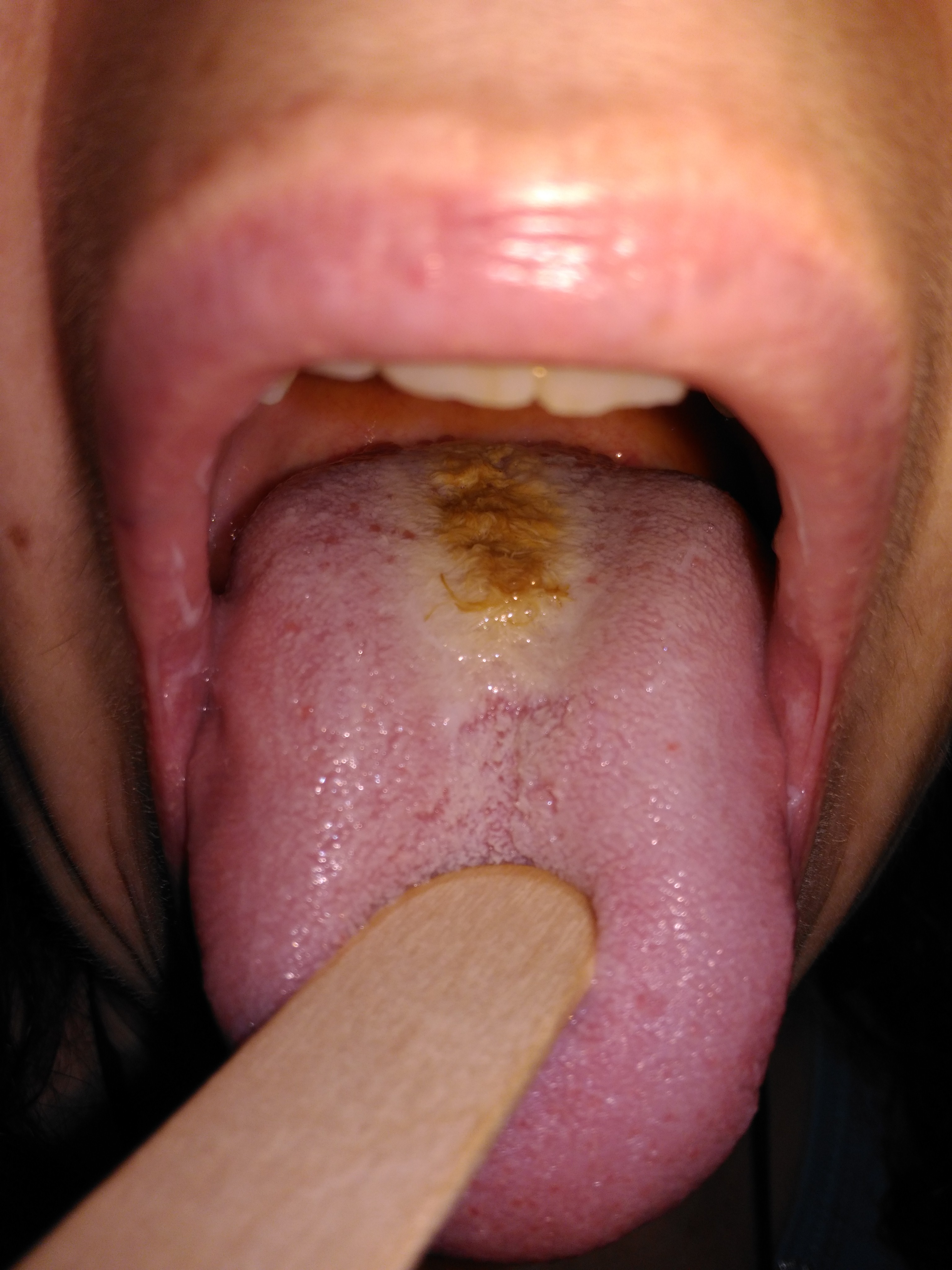
The language is an unusual condition where villosa nigra is a ’ important proliferation of microorganisms on the dorsum of the tongue. The colony, more frequently composed of bacteria, It's so large as to be visible to the naked eye as a dark spot, filamentosa.

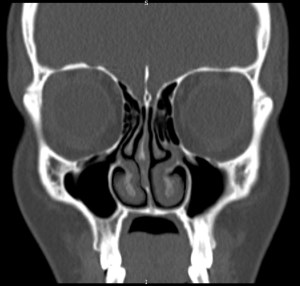
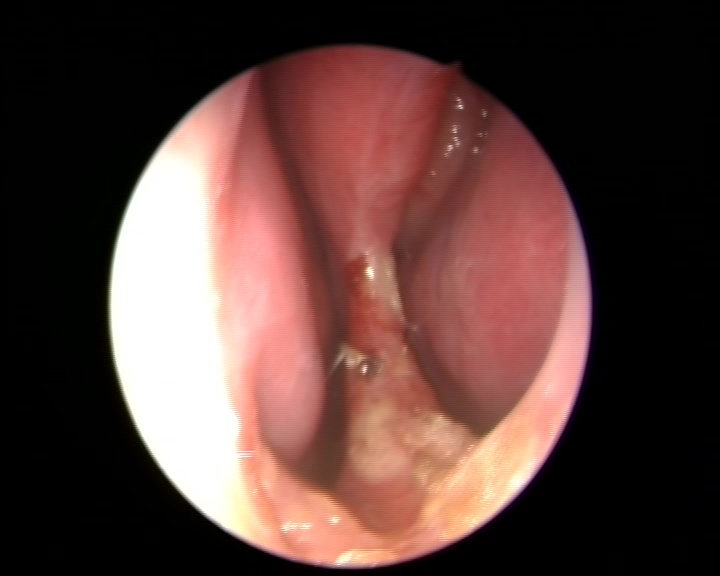
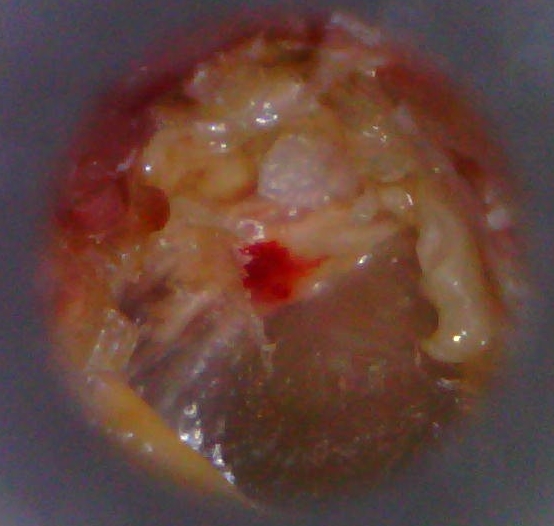 As cholesteatoma is a nest of epidermal cells that develops mainly level of middle ear ’. The cholesteatoma is not a tumor but has many features in common to neoplastic diseases, It can also increase greatly eroding and destroying adjacent bone structures.
As cholesteatoma is a nest of epidermal cells that develops mainly level of middle ear ’. The cholesteatoma is not a tumor but has many features in common to neoplastic diseases, It can also increase greatly eroding and destroying adjacent bone structures.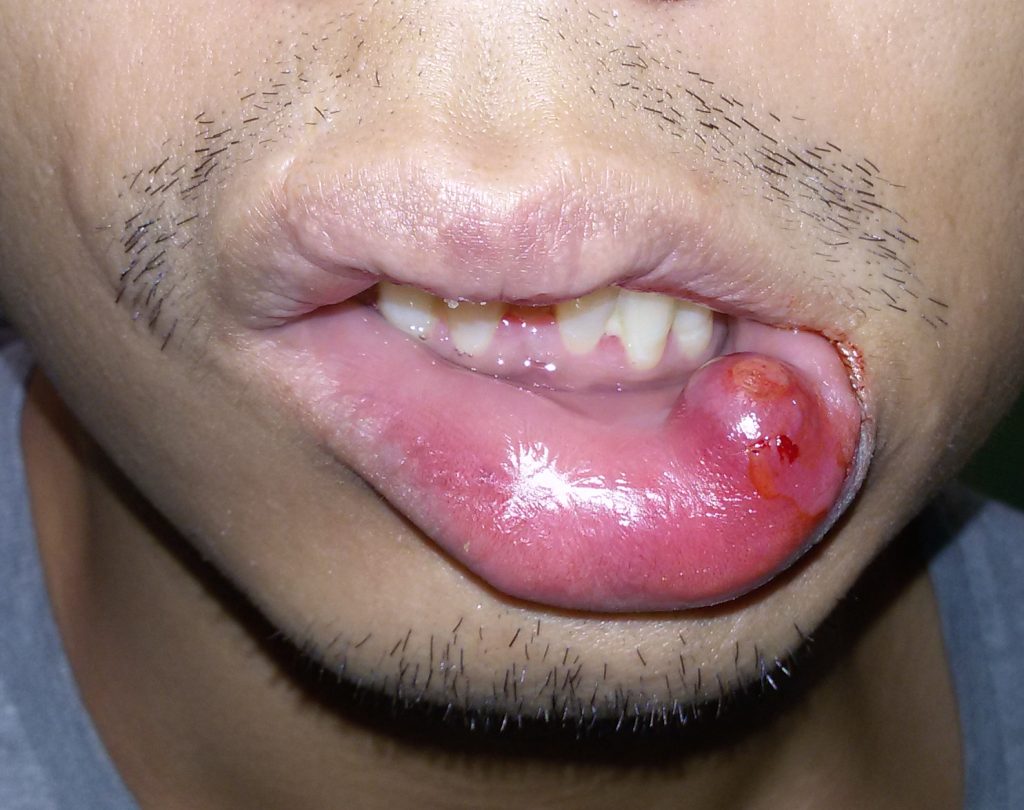
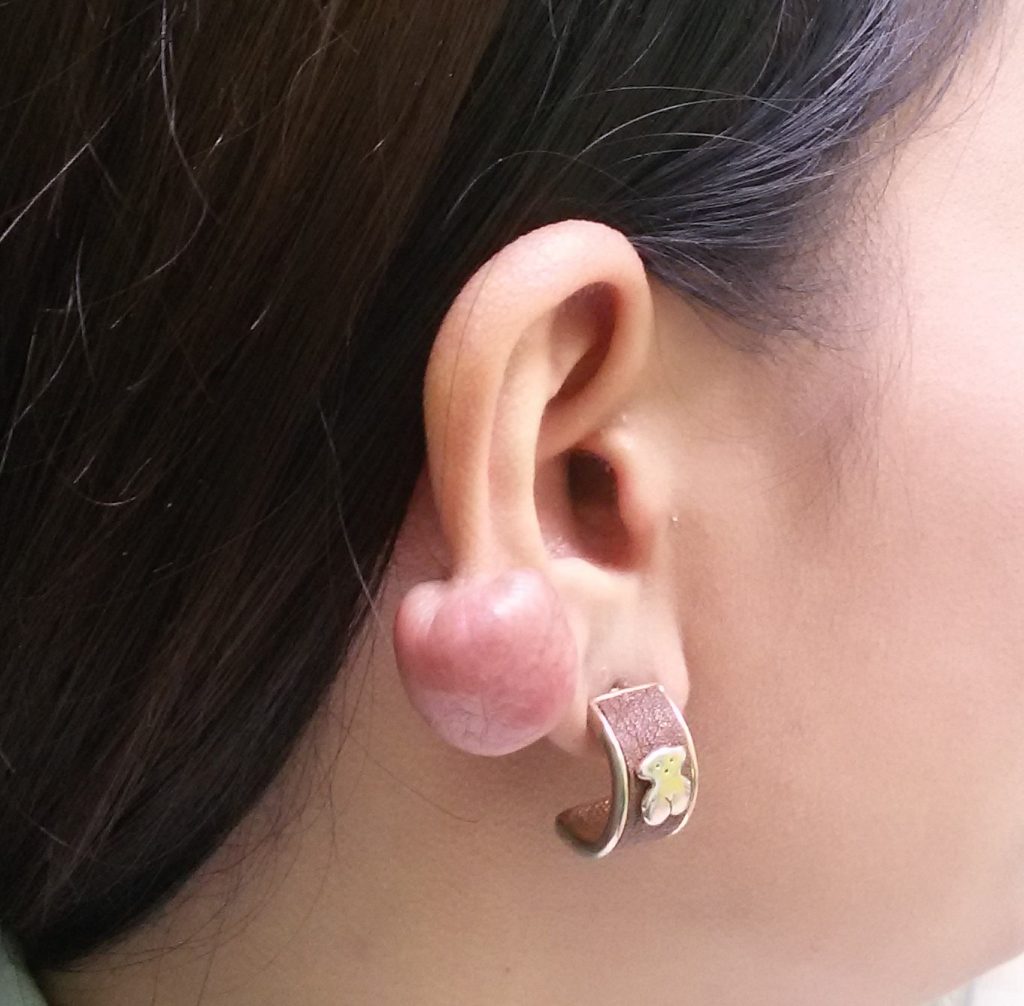 Voluminous keloid right auricle Helix revolted after making a hole for earrings. Keloids are scar after traumatisms of exaggerated responses/engravings, are due to a personal and racial predisposition (are more frequent in blacks and Asians).
Voluminous keloid right auricle Helix revolted after making a hole for earrings. Keloids are scar after traumatisms of exaggerated responses/engravings, are due to a personal and racial predisposition (are more frequent in blacks and Asians). Wegener with polyangiitis (GPA or with an old terminology Wegener's Granulomatosis) is a rare Vasculitis affecting small and medium-sized vessels that may involve many organs with predilection for the upper and lower Airways and for kidneys.
Wegener with polyangiitis (GPA or with an old terminology Wegener's Granulomatosis) is a rare Vasculitis affecting small and medium-sized vessels that may involve many organs with predilection for the upper and lower Airways and for kidneys.








